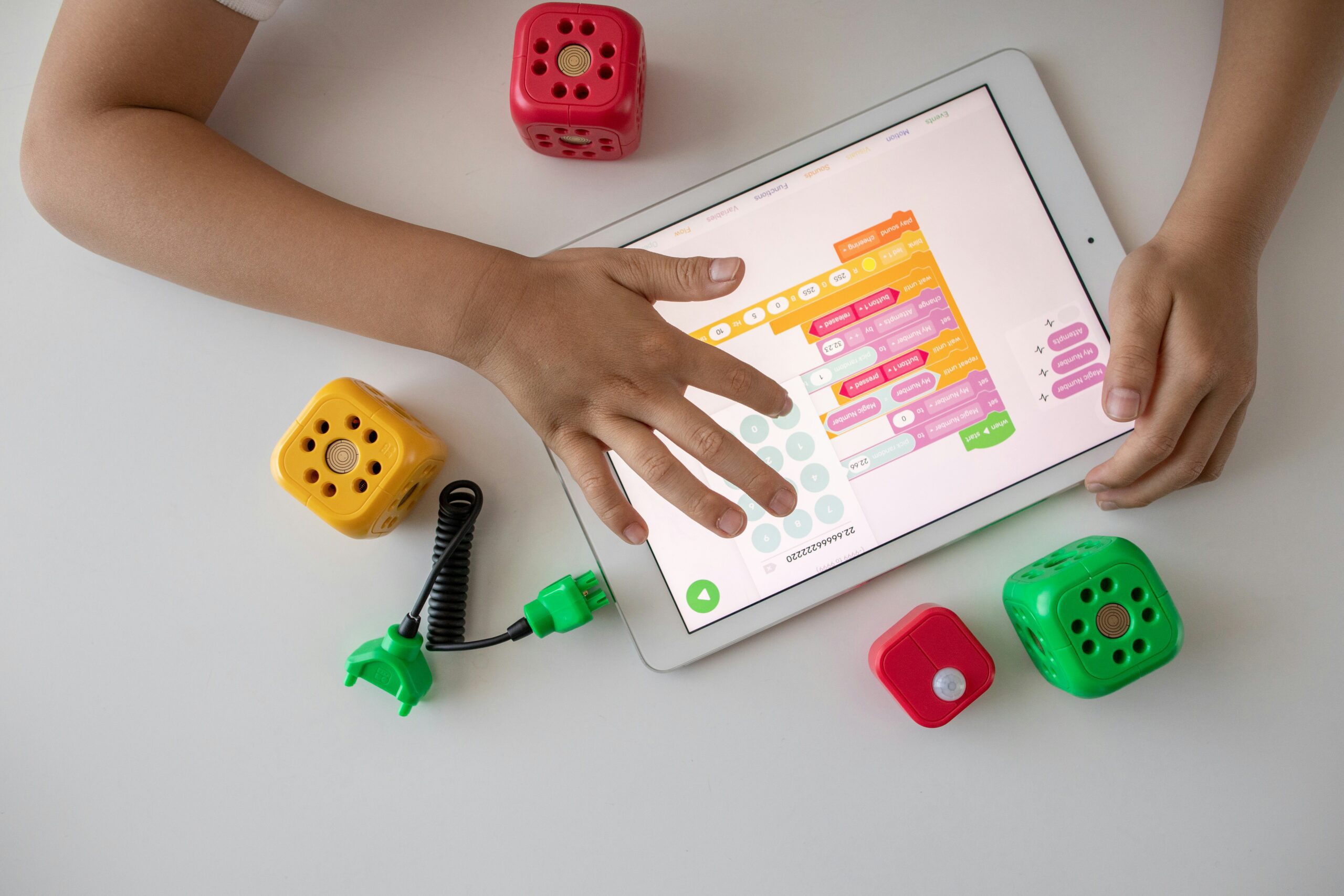In recent years, the field of education has undergone a significant transformation with the rise of e-learning. Traditional methods of teaching and learning have been supplemented, and in some cases replaced, by online platforms that offer a wide range of courses and resources. One of the key factors behind the success of e-learning is the emphasis on user interface (UI) and user experience (UX) design, which has revolutionized the way students engage with educational content.
The Importance of UI/UX in E-learning
UI/UX design plays a crucial role in e-learning platforms by creating a seamless and engaging learning experience for students. A well-designed UI ensures that the platform is easy to navigate, with intuitive menus and clear instructions. This allows students to quickly find the information they need and focus on their learning goals.
UX design focuses on the overall experience of the user, taking into account factors such as accessibility, responsiveness, and interactivity. By incorporating interactive elements such as quizzes, videos, and simulations, e-learning platforms can provide a more immersive and effective learning experience. These interactive features not only make the learning process more engaging but also help students retain information better.
Benefits of Interactive UI/UX in E-learning
1. Enhanced Engagement: Interactive UI/UX design encourages active participation and engagement from students. Through gamification elements, such as badges and leaderboards, students are motivated to complete tasks and achieve milestones, making the learning process more enjoyable and rewarding.
2. Personalized Learning: E-learning platforms can use UI/UX design to offer personalized learning experiences. By analyzing user data and preferences, the platform can recommend relevant courses and resources tailored to each student’s needs. This personalized approach helps students stay motivated and focused on their individual learning goals.
3. Improved Retention: Interactive elements in UI/UX design, such as quizzes and simulations, have been proven to enhance information retention. By actively engaging with the content, students are more likely to remember and apply what they have learned. This leads to better long-term retention and a deeper understanding of the subject matter.
4. Accessibility: UI/UX design in e-learning platforms can also address accessibility concerns. By incorporating features such as closed captions, screen readers, and adjustable font sizes, the platform becomes more inclusive and accessible to students with different learning styles and abilities.
Best Practices for UI/UX Design in E-learning
1. Clear Navigation: A well-designed UI should have intuitive navigation menus and clear labels, allowing students to easily find the information they need. This includes a logical course structure, with clear module and lesson organization.
2. Consistent Design: Consistency in design elements, such as color schemes, fonts, and button styles, creates a cohesive and professional look for the e-learning platform. This helps students navigate the platform more easily and reduces cognitive load.
3. Responsive Design: With the increasing use of mobile devices, it is essential for e-learning platforms to have a responsive design. This ensures that the platform can adapt to different screen sizes and provide a seamless user experience across devices.
4. Engaging Multimedia: Incorporating multimedia elements, such as videos, images, and interactive quizzes, can make the learning experience more engaging and enjoyable. However, it is important to strike a balance and not overwhelm the user with excessive multimedia content.
5. Feedback and Progress Tracking: Providing timely feedback and progress tracking features allows students to monitor their performance and stay motivated. This can include features such as progress bars, completion certificates, and performance analytics.
The Future of E-learning UI/UX
The field of e-learning UI/UX design is constantly evolving, driven by advancements in technology and user expectations. As virtual reality (VR) and augmented reality (AR) technologies become more accessible, we can expect to see more immersive and interactive learning experiences. Additionally, artificial intelligence (AI) can play a significant role in personalizing the learning journey even further, by analyzing user behavior and adapting the content in real-time.
In conclusion, the evolution of e-learning has been greatly influenced by the emphasis on UI/UX design. Interactive elements and personalized experiences have revolutionized the way students engage with educational content. By incorporating best practices in UI/UX design, e-learning platforms can continue to enhance the learning experience and make education more accessible and engaging for all.











Leave a Reply